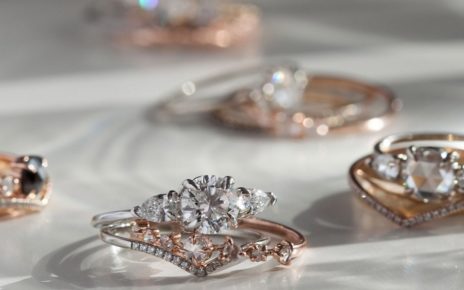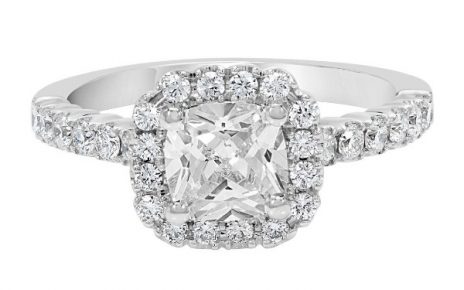Jewelry photography is a delicate balance of art and science, requiring attention to detail to capture the intricate beauty of each piece. This guide provides practical tips for capturing the sparkle and shine of jewelry in photography, including solutions for dealing with reflective surfaces.
Understanding the Challenges of Jewelry Photography
Jewelry photography presents unique challenges due to the small size of the pieces and their highly reflective surfaces. The photograph’s focus should not be merely on the object, but also the surrounding scenery reflected off the object. The aim is to capture the contrast and sparkle of the jewelry, which can be achieved by surrounding the object with high-contrast scenery that produces an appealing look when reflected off the object.
Managing Reflective Surfaces
One of the main challenges with jewelry is managing the reflections on the surface. They can cause glare and hot spots in the image, diminishing the overall quality. To prevent unwanted effects, controlling both the lighting and the camera’s position is essential. One effective technique is to use a lightbox and spotlights to create an environment with diffused lighting. This can reduce harsh reflections and create a more evenly lit image.
Making your Jewelry Pieces Shine
Lighting aims to create contrast and depth in the image, making the jewelry appear more three-dimensional. Using multiple light sources, such as LEDs or halogen lights, to create sparkles is one way to enhance the sparkle. The position of these light sources can be adjusted to create a natural-looking result, with the sparkle sources preferably placed in the more delicate parts of the surroundings.
Your Camera and Lens
The choice of camera and lens can significantly impact the appearance of jewelry. For beautiful “starburst” sparkles, using a narrow aperture and a cross-screen (“star”) filter is recommended. It’s also important to note that dynamic range plays a role in capturing the brightness of the sparkles without overexposing the rest of the object.
Backgrounds and Props
The choice of background can significantly influence your jewelry photographs’ overall look and feel. Black and white backgrounds are commonly used in jewelry photography. Other options like grey, fabric or natural backgrounds can provide a more appealing and contrasting backdrop for your pieces. When it comes to props, less is often more. Overly decorative or elaborate props can distract from the jewelry itself.
Tips for Photographing Different Types of Jewelry
Different types of jewelry require different approaches. For example, when photographing necklaces, using a pendant stand or a bowl to shape the necklace in flat photography can be helpful. For earrings, post-backs or hook-backs can create a floating effect. For rings, using a hand holder can effectively display the ring from different angles.
Post-Processing Techniques
Post-processing is an integral part of any type of photography. It’s a stage where you can correct any imperfections, adjust the white balance, and enhance the overall quality of the image. Tools like Photoshop and Lightroom offer a range of options to remove glare, change shadows and highlights, and add a touch of sparkle to your pictures.
Capturing Jewelry Details with Macro Lens
Using a macro lens can significantly enhance your jewelry photographs by allowing you to capture fine details. Macro lenses enable magnification of your subject, fitting the frame with the jewelry, even when it’s tiny. This ability to capture small details makes a macro lens indispensable in jewelry photography.
Innovative Jewelry Photography Trends
With the advent of social media and eCommerce, jewelry photography trends are continuously evolving. Some current trends include motion imaging, authentic/unedited photography, object levitation, and the use of diverse models. Staying updated with the trends can help you create images that appeal to your target audience and stand out in the competitive marketplace.
Jewelry Photography on a Budget: DIY Tips
If you’re on a budget, plenty of DIY tips and tricks can help you achieve professional-quality jewelry photographs. For instance, you can build your own lightbox, use household items as props, or even use your smartphone for photography. With a bit of creativity and resourcefulness, you can create stunning jewelry images without spending too much money.
Jewelry is by far one of the most challenging products to shoot. It requires a keen eye for detail, a thorough understanding of lighting techniques, and the ability to creatively show each piece’s beauty.
Jewelry and other shiny objects have unique challenges for any product photographer. A deep understanding of proper lighting and the ability to use post-processing tools effectively is vital. However, with some training and practice, the hard work pays off in the form of gaining more significant customer attraction.




